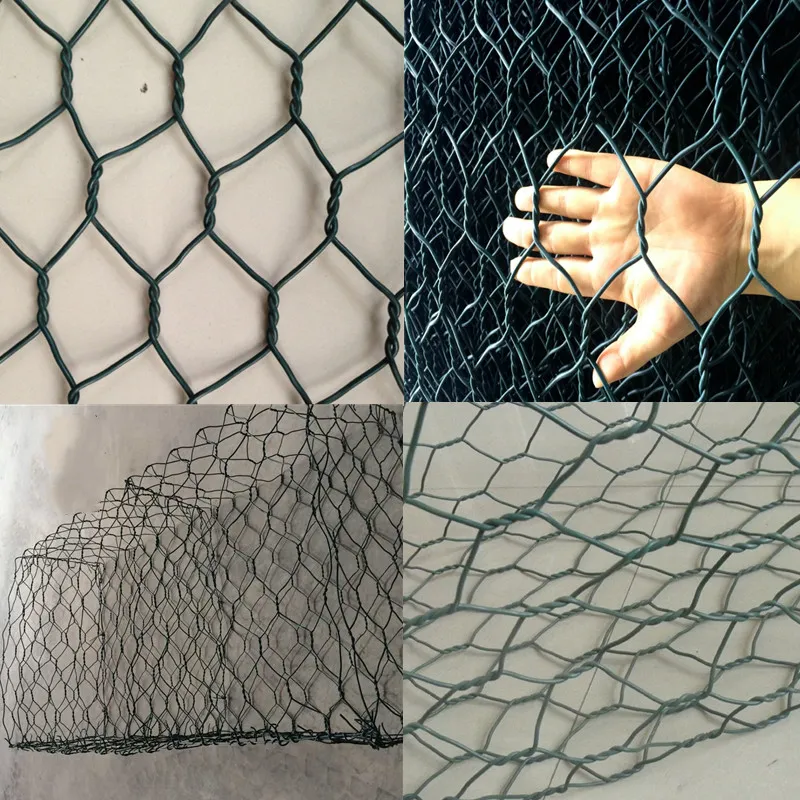Exploring Square Wire Mesh Applications and Benefits
Square wire mesh, often referred to simply as wire mesh or wire netting, is a versatile and widely used material in various industries and applications. Made from durable wire that is woven into a grid pattern, square wire mesh is characterized by its square openings, which provide stability and strength while allowing for ventilation and visibility. This article explores the properties, applications, and benefits of square wire mesh in different sectors.
Properties of Square Wire Mesh
The primary material used in square wire mesh is typically steel, stainless steel, aluminum, or fiberglass, depending on the specific requirements of the application. The diameter of the wire and the size of the square openings can vary widely, making square wire mesh customizable for different tasks. The mesh can be treated with coatings or galvanization to enhance its corrosion resistance, making it suitable for use in various environmental conditions.
Applications of Square Wire Mesh
Square wire mesh has a plethora of applications across different fields
1. Construction and Architecture In the construction industry, square wire mesh is commonly used for reinforcing concrete structures. It provides tensile strength, helping to prevent cracking and improve the durability of buildings, bridges, and other infrastructures.
2. Fencing Square wire mesh is popular for fencing purposes, particularly in agricultural settings. It is used to create enclosures for livestock, gardens, and farms. Its strong, durable nature keeps animals contained while allowing sunlight and air to circulate.
3. Screening and Filtration Square wire mesh serves as an excellent screening and filtration medium in various industries. It is used to separate particles in mining and quarrying, as well as for filtering liquids and gases in chemical processing. The mesh allows for the effective removal of unwanted materials while letting the desired particles pass through.
4. Safety and Security In safety applications, square wire mesh can be utilized for guarding machinery or as a protective barrier in industrial settings. It helps to prevent accidents by keeping unauthorized personnel away from hazardous areas while still allowing visibility.
square wire mesh
5. Home Improvement Homeowners often use square wire mesh for DIY projects, such as building trellises, compost bins, or even decorative screens. Its ease of use and flexibility make it an attractive option for various home improvement needs.
Benefits of Square Wire Mesh
The advantages of using square wire mesh are manifold
- Durability Due to the strong materials commonly used in its production, square wire mesh exhibits high durability, making it ideal for both indoor and outdoor applications.
- Cost-Effectiveness Square wire mesh generally offers a low-cost option for a variety of uses, allowing businesses and individuals to incorporate it into their projects without straining their budgets.
- Customizability With options for different wire diameters, mesh sizes, and materials, square wire mesh can be tailored to meet the specific needs of each application, enhancing its utility across diverse sectors.
- Ease of Installation Square wire mesh is relatively easy to work with, making installation and repairs straightforward. Its lightweight nature means that it can be handled and manipulated without requiring heavy machinery.
Conclusion
In summary, square wire mesh is an integral material in numerous industries, from construction and agriculture to safety and home improvement. Its combination of strength, versatility, and cost-effectiveness makes it a preferred choice for many applications. By understanding the properties and benefits of square wire mesh, individuals and businesses can make informed decisions about how to best utilize this valuable resource in their projects. Whether constructing a sturdy fence or reinforcing a building, square wire mesh continues to prove itself as an essential component in modern infrastructure and design.























